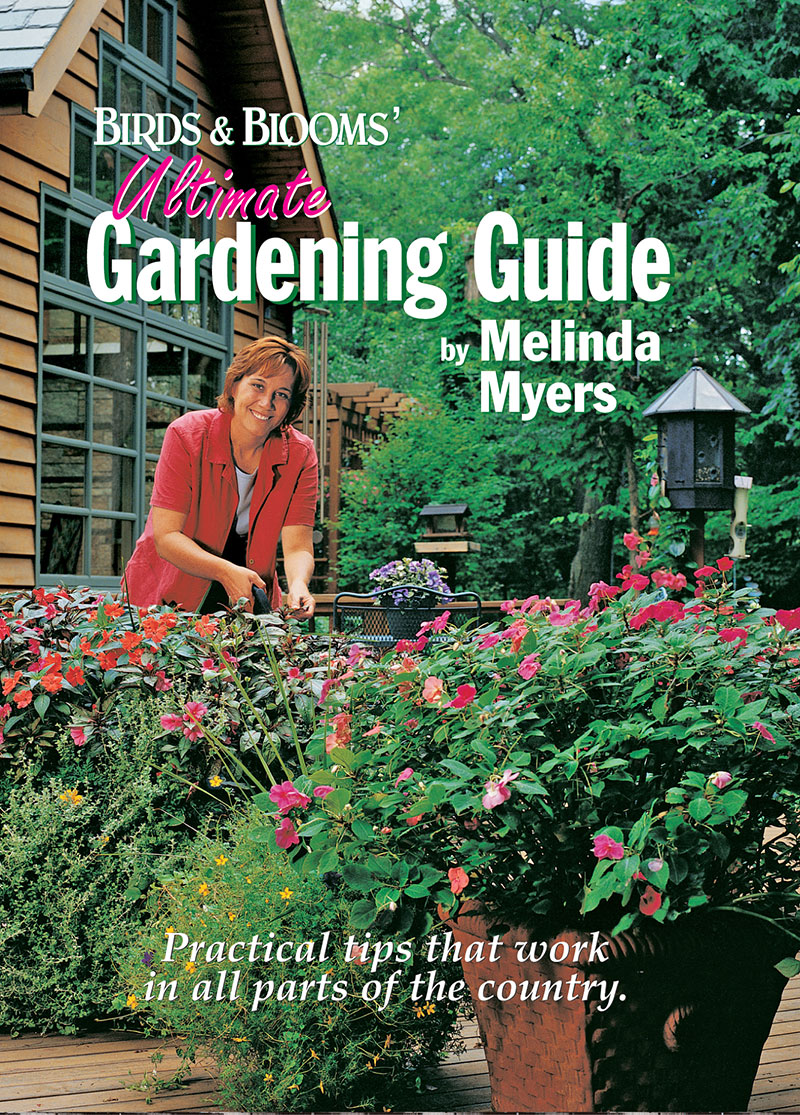Low Maintenance Design Tips
Don’t let your spring garden enthusiasm lead to overplanting and the creation of a summer gardening nightmare.
A designer once shared great advice for reducing garden maintenance. She recommended that once you design your garden, cut the number of species used in half and double the amount of each. You’ll have fewer plants to identify in spring as they emerge, less variety in maintenance needs and greater impact from those plants included.
Include low maintenance plants suited to the growing conditions that provide several seasons of interest. An example of a simple combination is Russian sage and a repeat blooming shrub rose. Prune the Russian sage back to 4 to 6 inches above the ground in late spring. Remove a few older canes on established shrub roses in spring and clip off any winter damage. The rose will bloom sporadically throughout the summer and the Russian sage blooms summer through fall. Both look good in winter. You get four seasons interest from two plants with minimal care.
A bit more information: Select flowers labeled as self cleaning or free flowering plants. These drop their spent flowers and continue to bloom without added work on your part. Impatiens, begonias, Diamond Frost euphorbia, and calibrachoa (such as Million Bells) are a few annuals that do not need deadheading for extended bloom. Amsonia, threadleaf coreopsis, blue flax (Linum perenne), woodland phlox (Phlox divaricata), and spiderwort (Tradescantia) are a few self cleaning perennials.
Categories
Upcoming Live Events
& Webinars
May 18, 2024
Ask The Plant Doctor Q & A
Ebert's Greenhouse Village, Ixonia, WI
June 1, 2024
Selecting, Planting, Pruning and Caring for Hydrangeas
Ebert's Greenhouse Village, Ixonia, WI
June 5, 2024
FREE WEBINAR
Under-Appreciated Pollinators
Register now
WATCH ON-DEMAND WEBINARS
Learn More










